Definition and Types of Depression: Part 1
What is depression? Did you know that 121 million people worldwide are suffering with some kind of depression? Full description of depression types: major, bipolar and severe depression. What should you do if you have it?
- What Is Depression?
- Types of Depression
- What Is Major Depression?
- Reactive Type
- Exogenous Type
- Atypical Form
- Definition of Endogenous Depression
- Resistant Character of Disease
- Refractory Form of Illness
- Episodes of Major Type
- Bipolar Depression
- Manic Depression or Hypomania
- Severe Depression
- Do I Have Depression?
Although most common in people aged between 45 and 64, people can experience depression at any point in their lives, and it may be a one-off occurrence or they could relapse multiple times.
With so many people suffering from depression, it is vital that we learn more about the condition and its variations in order to recognize symptoms of the disorder and seek treatment, both for ourselves and our loved ones.
What Is Depression?
Depression is a mental health disorder which results in a persistent sense of sadness and loss of interest in daily activities.
There are various different forms of depression, and you’ll find that the depression definition varies for each type. However, all types of depression can impact the way you think, feel and behave. Depression can manifest itself both mentally and physically.
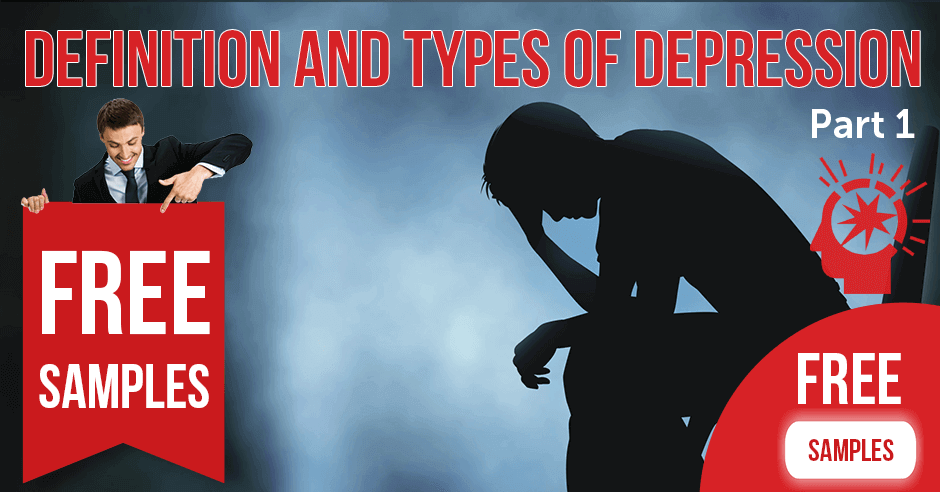 A depressed person may experience the following symptoms:
A depressed person may experience the following symptoms:
- feeling deep sadness or intense emotions;
- experiencing sudden, unexplained bouts of anger or irritability;
- persistent anxiety;
- low in energy and motivation;
- bored or disinterested in activities that were once pleasurable
- low sex drive;
- lack of focus and difficulty remembering things or making decisions;
- feelings of worthlessness, hopelessness or guilt;
- thoughts of harming themselves or others;
- unusual sleeping patterns – insomnia or excessive sleeping;
- headaches;
- dramatic loss or increase in appetite.
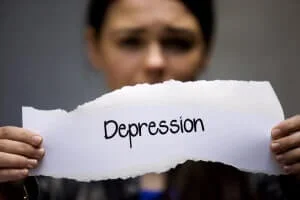
Living with Depression
It can be difficult to know how to live with depression, and often medication and/or therapy is required for a full recovery or to manage symptoms well enough that the disorder doesn’t continue to impact daily life. Once an individual seeks help from a physician or expert in psychology and gets the right treatment, overcoming depression is possible and individuals can have the opportunity to start a new life without relapse.
Depression can sometimes be situational, with external factors contributing to the mental illness. For example, depression in the elderly may be caused or made worse, by loneliness, particularly if they have reduced mobility and struggle to get out the house or if they have lost their spouse.
In other cases, depression has no external cause and comes about biologically or as a result of genetics. However, situational circumstances and environment could make symptoms worse or make recovery more difficult. In both scenarios, it can be helpful to identify the trigger or aggravating factor and find a solution to it to aid recovery in conjunction with medication and therapy.
Helping Others Deal with Depression

If you find the depressed person is avoiding social situations and their mental illness is becoming worse as a result, it may be possible to support them in becoming more sociable or finding methods to improve their mood. For example, you could invite them to go out walking, suggest you get dinner together, or find another activity that you would both enjoy together.
The other thing to consider is the type of depression an individual has, because the way they behave will differ depending on the type and severity of their depression. By learning more about the various types of depression, you may be more able to recognize symptoms and find an angle from which to support them most successfully. Regarding long-term conditions such as bipolar disorder, this step is perhaps most important.
Types of Depression
There are many different types of depression, with the most common being major depression. 16 million adults experience this every year in the US. In Part 1, we’ll go into detail about three types of depression: major depression, bipolar disorder and seasonal affective disorder.
| Condition | Symptoms |
|---|---|
| Major Depression | Sadness, anger and irritability, low energy and motivation, disinterest in activities, thoughts of self-harm or suicide, feeling of worthless or guilt, disrupted sleep patterns, headaches |
| Bipolar disorder | Recurrent episodes of extreme depression and extreme mania, the latter causing dramatic increase in reckless behavior, energy, motivation, creativity, racing thoughts and lack of control |
| Seasonal Affective Disorder | Low mood, lack of energy and motivation, increased appetite, sleeping longer than usual – all experienced during autumn and winter months |
What Is Major Depression?

Reactive Type
When major depression is caused in reaction to external life events or circumstances, it is known as “reactive” depression. Difficult and stressful events, such as the ending of a relationship, the death of a friend or family member, or a traumatic incident such as a fire or burglary, could be a trigger for depression.
Although these types of events would cause anyone to feel low, anxious or unhappy for a short period of time, if symptoms become more severe or persist for a significant period of time, it could mean that an individual is suffering from reactive depression.
In young people, depression may be triggered by stressful relationships or friendships, as a result of bullying, or due to academic pressure at school. For those in midlife, financial worries, instability in their living situation, or being made redundant are all examples of incidents that could trigger reactive depression.
Exogenous Type
Exogenous depression is the clinical term used to describe reactive type depression. “Reactive” is more commonly used since it more clearly describes the way in which depression occurs as a reaction to a traumatic event.
Atypical Form

- appetite increase and weight gain;
- excessive sleeping;
- significant fatigue;
- mood reactivity.
It is mood reactivity that particularly distinguishes atypical depression from other types. Individuals with the disorder will find their mood changes with their environment, so if something particularly positive happens, they will feel a little happier and more positive, something that individuals with other types of depression would be unlikely to experience.
Atypical depression is not usually triggered by a specific event like reactive type depression, and many sufferers have experienced depression from their teenage years. Atypical depression also often causes sufferers to be particularly sensitive to rejection.
Definition of Endogenous Depression
Endogenous depression refers to depression which is not caused by a stressful or traumatic event. It is also often known as “biologically based” depression, because there is no apparent triggering factor; it instead occurs as a result of biological or genetic factors.
Symptoms of endogenous depression are almost identical to those of major depression, and they usually come about very suddenly and with no clear reason.
Resistant Character of Disease
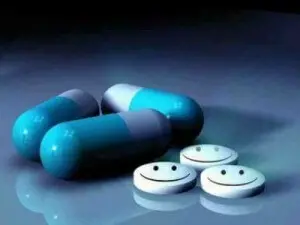
It is estimated that around 45% of individuals treated by primary care physicians respond successfully to the treatments. Solutions to the problem may involve:
- changing the type of antidepressants;
- increasing the dose of antidepressants;
- adding more medications;
- psychotherapy.
Refractory Form of Illness
Treatment-refractory depression is another term used to describe treatment-resistant depression, as discussed above, in which an individual fails to successfully respond to anti-depressant medications.
Episodes of Major Type
An episode of major depression is usually defined by symptoms which occur for two weeks or more. Individuals may experience multiple episodes of major depression over the course of their lifetime, but in these cases physicians may look more closely into the symptoms and frequency of episodes to determine if the individual is suffering from a different type of depression, such as bipolar disorder or dysthymia, in which there are frequent, recurring episodes.
Bipolar Depression
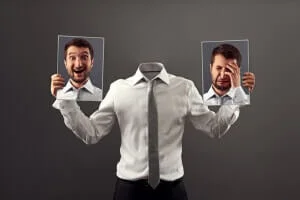
Bipolar depression, also often known as bipolar disorder and previously known as manic depression, causes individuals to experience extreme episodes of depression and extreme episodes of mania in which they feel overactive and out of control. Bipolar is cyclical, with sufferers cycling between depression and mania potentially throughout their lives.
Depressive and manic episodes tend to last for periods of longer than a week at a time, and can occur for months at a time. During a manic phase, individuals are often not aware that their behavior is weird, out of character or risky, and after coming down from a mania it is not uncommon for sufferers to find it shocking the activities they did during the manic phase.
Symptoms of bipolar disorder
During a depressed phase, bipolar disorder sufferers will experience many of the symptoms of major depression, but these are often far more severe than someone with simple clinical depression.
During a manic bipolar phase, individuals may experience the following symptoms:
- extreme euphoria;
- very high energy;
- ambitious, creative and filled with profound ideas;
- not feeling able to eat or sleep;
- talking quickly;
- becoming very irritable and angry very quickly;
- spending lots of money on things they can’t afford;
- increase in sex drive;
- paranoia, delusions and feeling nervous without real cause;
- psychotic episodes in which they see or hear things that aren’t really there;
- intractable and feeling out of control of their actions.
Manic Depression or Hypomania
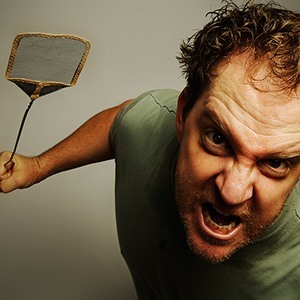
Hypomania is a term used to describe relatively mild periods of mania. During a hypomanic episode, which tends to last just a few days compared to weeks or months of mania, individuals might experience the following symptoms:
- happy, confident and with high self-esteem;
- creative;
- racing thoughts;
- restless, on edge and fidgeting;
- social and talkative;
- taking more risks than usual;
- high in energy and not wanting to sleep.
One of the key differences between mania and hypomania is the level of control an individual might feel. Someone with hypomania may find themselves feeling more productive and able to use the hypomanic episode for positive changes in their life.
However, individuals who experience manic episodes often feel out of control of their actions, are not aware that their behavior is abnormal or could cause problems for themselves or others, and they may find themselves suffering from delusions, paranoia or psychosis that they cannot control.
Seasonal Affective Disorder (SAD)
SAD is a form of depression which is affected by the changing seasons. Symptoms of depression typically occur in autumn when daylight hours get shorter, and become the worst through the winter months. In spring, the depressive mood begins to lift and sufferers usually find themselves feeling back to their normal mood by summer.
It is thought that SAD occurs as a result of less exposure to sunlight, since symptoms begin when days become shorter. Sunlight has an effect on the hypothalamus in the brain, which works to control serotonin, a hormone which helps to regulate sleep, appetite and mood. 
- low mood and disinterest in normal daily activities;
- irritability, guilt, despair and worthlessness;
- lethargy;
- sleeping longer than usual;
- increase in craving carbohydrates which can lead to weight gain.
SAD is most common in climates where daylight hours are short, but there are some instances in which it occurs in people living in tropical climates. In these cases, individuals experience periods of depression in the summer months rather than the winter months. It is not fully understood why this happens and much more research is yet to be done to discover more about the condition.
Severe Depression
Depression can affect people in a myriad of different ways and severities, with some people experiencing more symptoms than others. Someone with moderate symptoms shouldn’t feel any less worthy of treatment than someone with acute, severe depression, but those experiencing more intense symptoms may choose to seek treatment particularly urgently, especially if they’re struggling to remain functional with daily activities or work, or have frequent, severe thoughts about harming themselves or suicide.
Do I Have Depression?
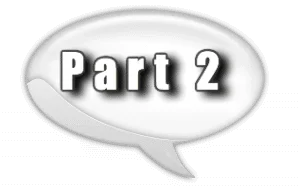
When Should You See a Doctor?
Individuals who have been experiencing problems symptomatic of depression for two weeks or more should seek advice from a doctor. Those who have masked their symptoms from others for a significant amount of time should also visit a doctor for treatment, because suffering in silence will likely only make their condition worse. Anybody who has extreme thoughts of harming themselves or suicide should seek urgent medical care.

 Order Free Artvigil 150 mg Armodafinil 10 Samples Online
Order Free Artvigil 150 mg Armodafinil 10 Samples Online Generic Modalert 200mg Modafinil 10 Samples Pack
Generic Modalert 200mg Modafinil 10 Samples Pack